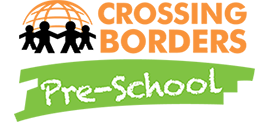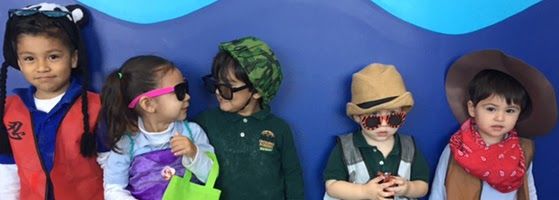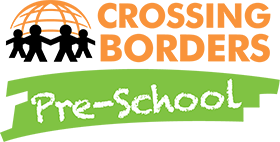At Crossing Borders Preschool, we offer language immersion because we know it is the best way to learn a new language. In short, language immersion allows students to fully integrate themselves into their new language, leading to quicker acquisition and a deeper understanding of what it is truly like to speak it on a day-to-day basis. However, language immersion wasn’t always an option for those who wished to acquire a second language. In this blog, we will go over the history of language immersion programs and how they became to be known as the best way to learn a second language.
Traditional Language Classes
The conventional way of learning a new language is taking a language class, which many of us experienced while growing up. The language is taught formally in the native language of the students, and only meets a few times a week. Most often in these classes, the language being taught is not the primary language spoken until the students have taken several years of classes. No other subjects are taught in the language; it is a subject unto its own. In these classroom settings, despite teachers’ best efforts, students often end up with only a formal understanding of the language, and unless they actively work on those skills, they are likely to forget it entirely.
First Immersion Program
In response to the lack success in traditional classroom settings, in the 1960s, Wallace Lambert, Richard Tucker, and other educators from McGill University began setting up language immersion programs in Quebec, and then throughout the country, and eventually, the world. The first program was a French immersion program that began in first grade. The teachers exclusively spoke French to native English speakers in first grade, and each year, they added more English into their instruction. This proved to be an effective approach as these students were just as intelligent and on track with their peers, but understood significantly more French.
Language Immersion Today
As more and more language immersion programs were created, other versions of this structure were introduced. Some language immersion programs started later in school, and then language immersion preschools were started, just like Crossing Borders Preschool. There are also now partial-immersion schools, in which half the day is taught in one language and half in the other, or dual-immersion programs, in which both languages are used simultaneously and typically have students who are native speakers of both languages. Regardless of how the program is structured, language immersion has proven to be the best way for children to learn a second language.
Are you ready to enroll your child in our language immersion preschool? Contact Crossing Borders Languages today to learn more about enrollment.



